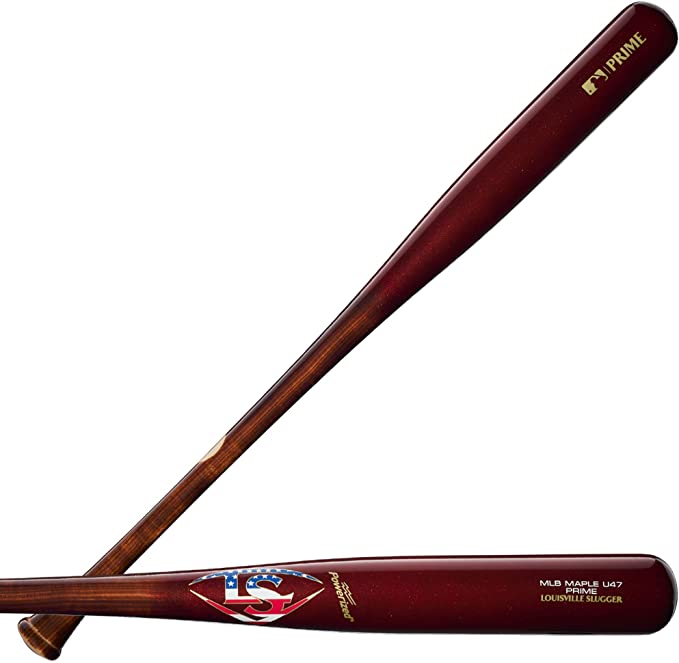Have you read online baseball reports and saw a statistic called FIP? If so, what is FIP in baseball? Also, is it an important metric in the sport?
FIP stands for Fielding Independent Pitching, which is a metric to check on a pitcher’s performance. It measures different events under the pitcher’s control, such as walks, strikeouts, and home runs. Some reports pronounce it as ‘fip’ as in ‘hip’ or ‘dip’ instead of spelling out the letters in the abbreviation.
The FIP metric gained traction over the years, allowing players to check areas of improvement. Baseball enthusiasts can also check on the recent performances of their favorite pitchers through this statistic. But is it flawed? Furthermore, are there any associated statistics to FIP in baseball? Find out the answers to these questions as you continue reading the article.
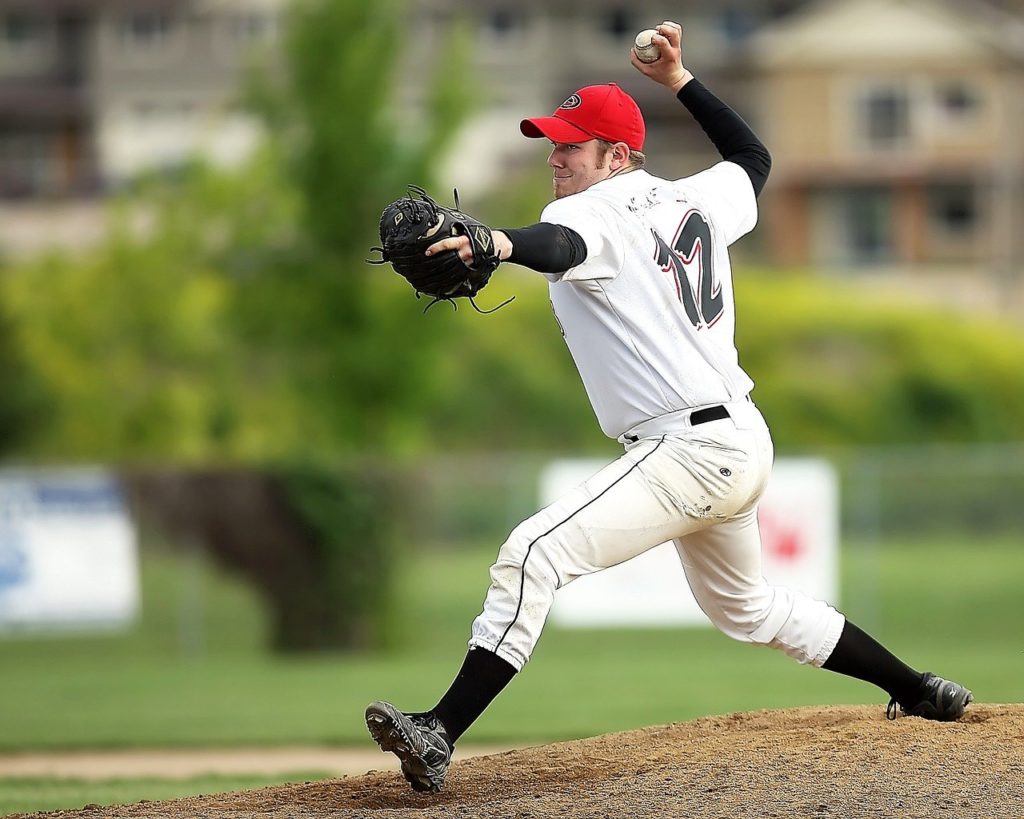
Field Intelligent Pitching (FIP) is a metric measuring a pitcher’s efficacy and performance in the field. This specific statistic measures different scenarios directly under the pitcher’s control. The FIP rate would then translate to the number scaled to the player’s earned run average (ERA).
Thus, a good FIP would directly translate to an excellent ERA. Additionally, a good FIP would be in the 2s to low 3s range. The 2012 major league playoffs had some excellent examples of great FIP rates, such as:
- Gio Gonzalez (2.82)
- Felix Hernandez (2.84)
- Clayton Kershaw (2.89)
How to Calculate for the FIP in Baseball?
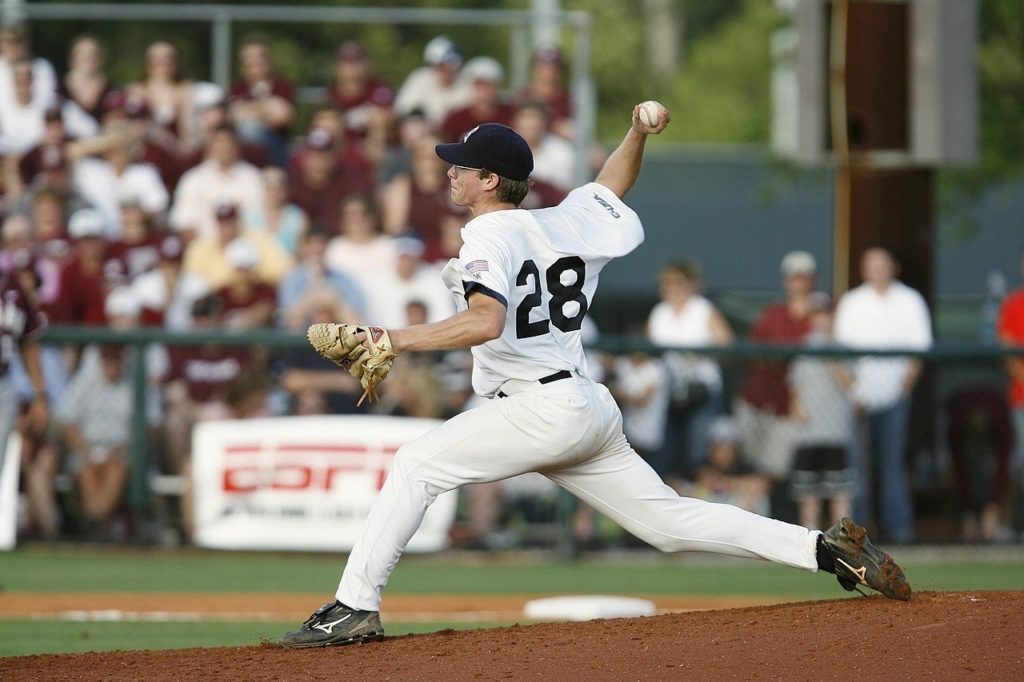
The formula for calculating the FIP in baseball is reasonably simple, which is:
FIP = ((13*HR) + (3*(BB+HBP)) - (2*K)) / IP + cFIP
Looking at the formula above, the abbreviations are as follows:
- HR – Home runs allowed
- BB – Walks allowed
- HBP – Hit-by-pitches allowed
- K – Strikeouts
- cFIP – League FIP constant
What is the league FIP constant? As it stands, this number changes yearly, depending on several factors. For instance, the league FIP constant in 2013 was 3.048 but that number is 3.214 in 2019. If you’re calculating for estimates and predictions, using a cFIP within the 3.1 to 3.2 range should suffice.
How is FIP Used in Baseball?
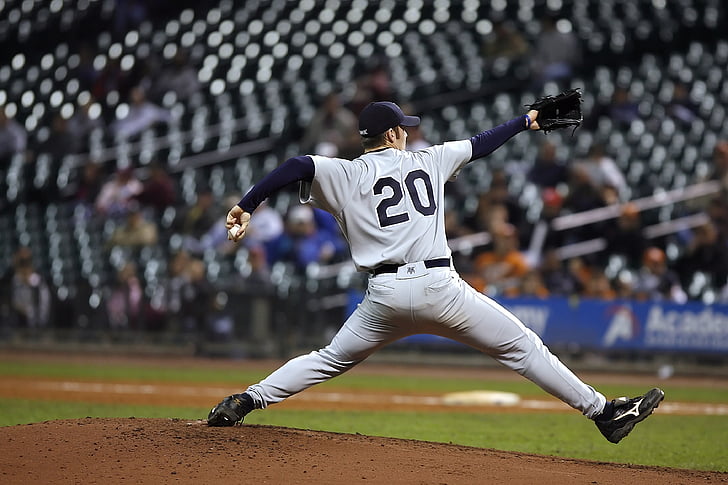
FIP has two main purposes: (1) to show which pitchers were the most and least performing during matches, and (2) to provide clues to circumstances beyond pitchers’ control. These uncontrollable scenarios include defense quality, line drives, and luck.
Luck can still be a vital factor in baseball, particularly in pitching. For example, a pitcher is about to release the ball from his hand but a bird decides to swoop in and cover the player’s field of vision. If violations were to happen during that instance, the umpire may reconsider his decision to hold the event against the pitcher because of natural causes.
Take note that pitchers that excel in their FIPs throughout the season would have reduced chances of seeing declines in their performances. One example would be in 2011, wherein ten players were ERA-title qualifiers, and these athletes had at least 0.65 points over their ERA scores. Nine out of those ten players had increases in their ERA one year later.
Also, a similar yet opposite scenario exists for pitchers with relatively lower FIPs than their ERAs. Some of these baseball athletes fail to recover from their losses for the succeeding season. However, many professional baseball players see this number as an area of opportunity, allowing them to become bounce-back candidates.
Are There Warnings About the Use of FIP?

If FIP is a great metric, then why is it that it’s not commonly seen in reports? It’s because the FIP tends to be more predictive than the ERA. Generally, the ERA and FIP are quite similar metrics that it’s easy to see if pitchers are over or underperforming during matches.
With that in mind, many pitchers can’t maintain significant differences in their ERAs and FIPs over extended periods. Additionally, the FIP is akin to a two-way street. For example, in 2016, Michael Pineda, a pitcher for the Minnesota Twins, has an ERA of 5.38 and a 3.77 FIP during the first half of the season. Many people, including Pinneda’s team, didn’t expect him to lower his ERA in 2nd half. In detail, Pinneda’s ERA dropped to 4.15.
As such, FIP, at its core, is only a number from different metrics and factors, and it doesn’t outline a pitcher’s performance well. For example, it’s difficult to check if a pitcher needs to work on his fly-balls or ground balls. It’s also quite challenging to check if the pitcher is finding it challenging to strike out batters by looking at the FIP alone.
Additionally, it’s possible to punish pitchers for opponents getting home runs by looking at their FIPs, even though a decent amount of luck should still be present. Take note that a statistic called the HR/FB% helps measure the fly balls by a pitcher that goes out of the park. Therefore, this percentage can be a better way to measure fly balls and other points from a pitcher than the FIP.
Is FIP Flawed?
Despite the FIP being an excellent metric in baseball, players and teams shouldn’t base pitchers’ performances on this statistic alone. It can be a better idea to look at other metrics first before jumping to the FIP to avoid drawing assumptions.
What are the Associated Statistics to FIP in Baseball?
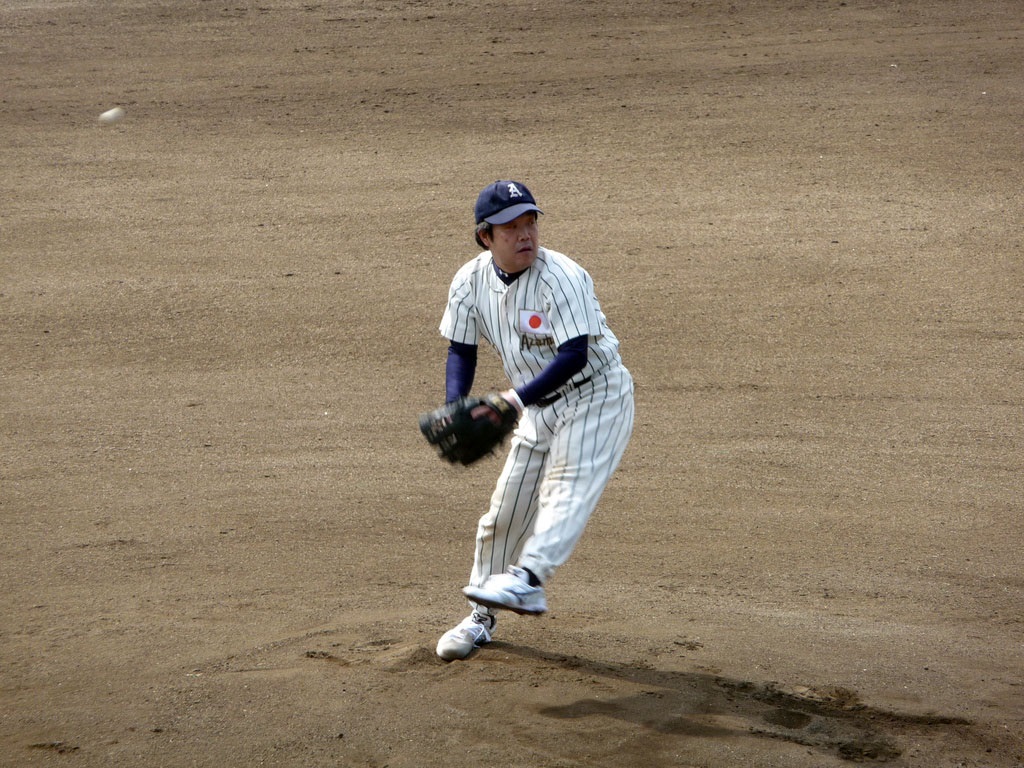
At this point, you should already know that FIP is close to ERA. However, FIP is also closely associated with other baseball statistics, namely:
- FIP-: A metric that scales with the pitcher’s FIP league average.
- xFIP: Also called the Expected FIP, it uses a different formula than the FIP wherein the xFIP uses HR as the home runs that should’ve been allowed instead of the home runs accomplished.
- pFIP: Known as the Predictive FIP, this variation of the FIP metric aims to predict future performances of pitchers accurately through different multipliers.
- oaFIP: The Opponent-Adjusted FIP includes the opposing hitters’ performance quality to check for degrees of difficulty experienced by pitchers.
Final Words
FIP is a handy statistic in baseball if used correctly. However, individuals looking at player statistics shouldn’t make abrupt assumptions about pitchers’ performances by looking at the FIPs alone. It’s best to check out metrics first before moving to the FIPs. In turn, it allows report viewers to check on the specifics on the areas that need improvement for pitchers.






